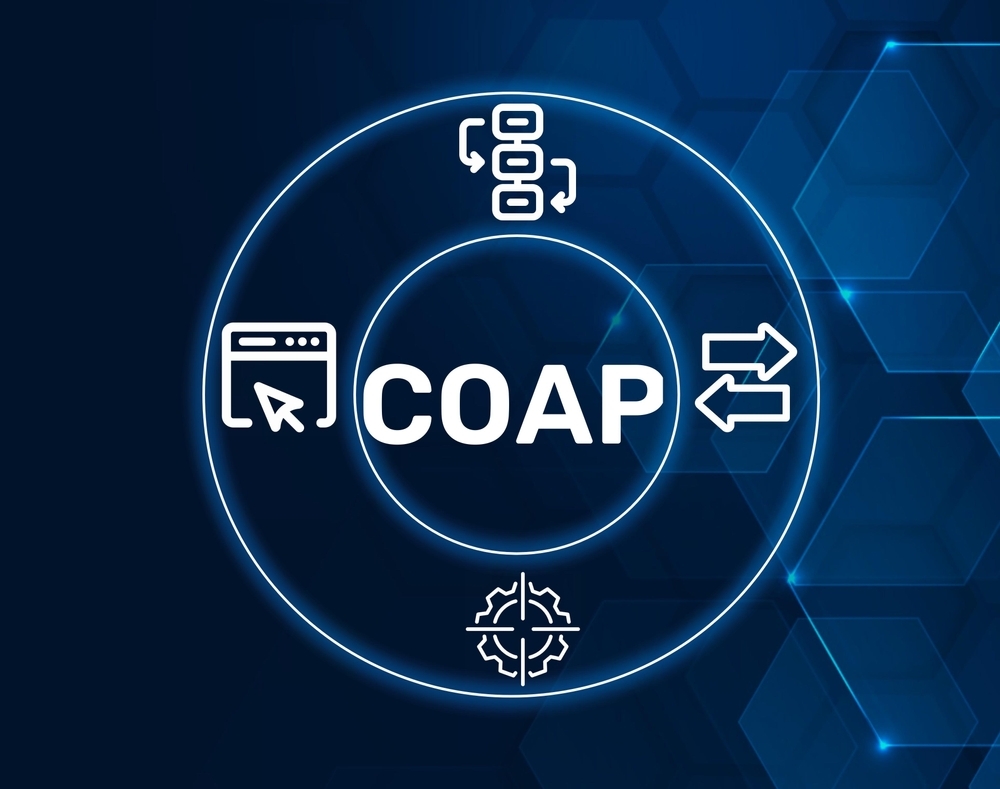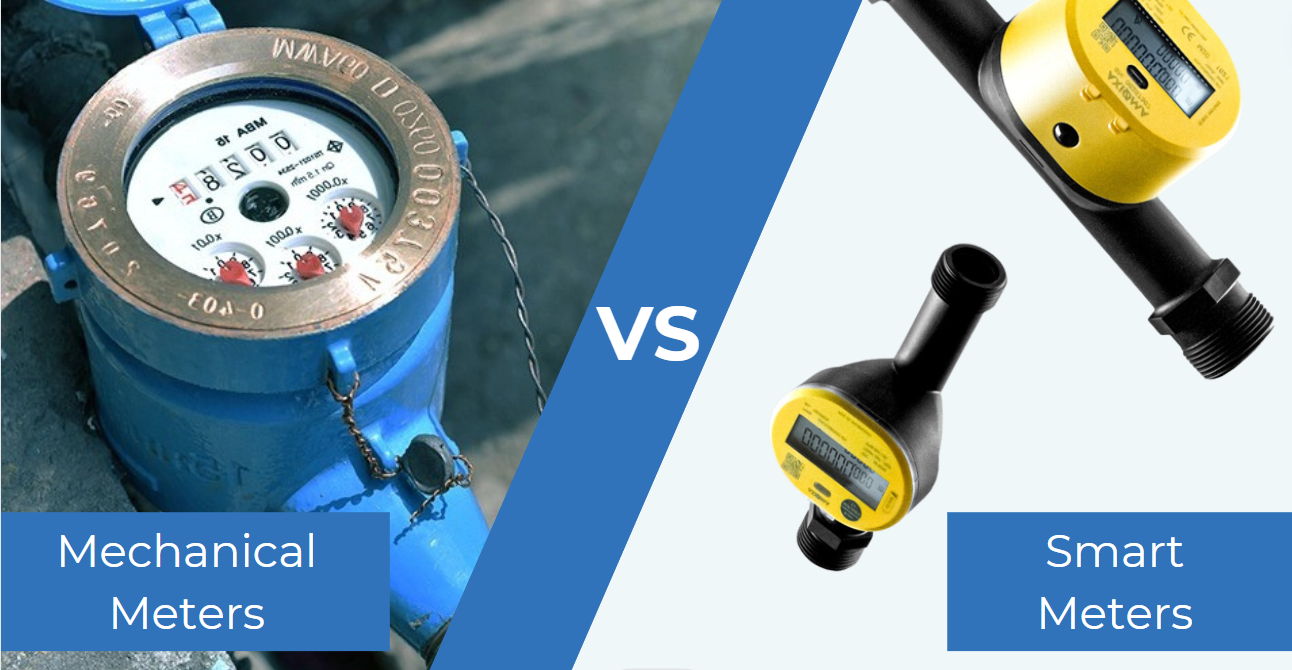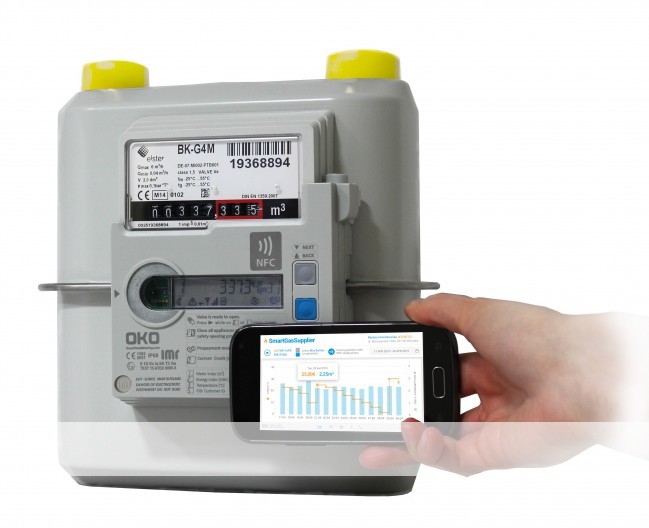1. Introduction: Why Lightweight Communication Matters in IoT
The Internet of Things (IoT) has transformed the way industries, cities, and consumers interact with devices. From smart water meters to connected cars, billions of devices now rely on seamless connectivity to exchange data. Yet, a major challenge persists: how can these devices communicate efficiently when resources such as power, bandwidth, and memory are limited?
This is where lightweight communication protocols such as CoAP (Constrained Application Protocol) become vital. At the same time, IoT devices require reliable, global, and secure connectivity, which is where IoT SIM cards play an equally critical role. Together, CoAP and IoT SIM cards offer a scalable, cost-effective solution that ensures IoT devices can operate smoothly even in constrained environments.
In this blog, we explore the fundamentals of CoAP, the role of IoT SIM cards in cellular IoT connectivity, their synergy, use cases, benefits, and future trends. By the end, you will understand why CoAP + IoT SIM card solutions are at the heart of lightweight, scalable IoT deployments.
2. What is CoAP? A Lightweight Protocol for IoT Devices
The Constrained Application Protocol (CoAP) is a lightweight, RESTful communication protocol designed specifically for constrained devices operating in low-power and low-bandwidth environments. Standardized by the IETF, CoAP works over UDP (User Datagram Protocol) instead of TCP, making it well-suited for resource-limited devices.
Key Features of CoAP:
- Low Overhead: Optimized for devices with limited memory and processing power.
- RESTful Interaction: Similar to HTTP, supporting GET, POST, PUT, and DELETE operations.
- Asynchronous Communication: Supports observe/notify mechanisms for real-time updates.
- Built-in Reliability: Message acknowledgment mechanisms ensure data delivery.
- Integration with IoT Protocols: Works seamlessly with DTLS for secure communication and supports proxying with HTTP for interoperability.
CoAP is particularly relevant for smart meters, sensors, and actuators, which need efficient communication without consuming unnecessary energy or bandwidth.
3. IoT SIM Cards: The Backbone of Cellular IoT Connectivity
While CoAP defines how data is transmitted, IoT SIM cards ensure that data reaches its destination securely and reliably across global networks.
What is an IoT SIM Card?
Unlike consumer SIM cards, IoT SIMs are designed for machine-to-machine (M2M) communication. They offer features such as global roaming, enhanced security, and remote management, making them ideal for IoT deployments.
Key Features of IoT SIM Cards:
- Global Connectivity: Multi-network roaming ensures uninterrupted service.
- Remote Management: SIMs can be updated Over-the-Air (OTA) with new profiles.
- Scalability: Supports thousands to millions of devices across regions.
- Security: Encrypted communication and VPN/APN support.
- Flexibility: Compatible with 2G, 4G LTE, NB-IoT, LTE-M, and 5G networks.
IoT SIM cards form the connectivity backbone for applications such as smart utilities, agriculture, healthcare, logistics, and smart cities.
4. How CoAP Works with IoT SIM Cards
The integration of CoAP with IoT SIM cards creates a lightweight yet robust communication framework.
Architecture & Workflow
- The IoT device (e.g., a smart water meter) uses CoAP to package sensor data.
- Data is transmitted over a cellular IoT connection enabled by the IoT SIM card.
- The IoT platform or cloud server receives and processes the CoAP messages.
- Commands or updates can be sent back to the device using the same CoAP channel.
Benefits of CoAP + IoT SIM Integration:
- Efficient Communication: Low overhead minimizes data consumption.
- Extended Device Lifetime: Reduced energy use prolongs battery-powered device operation.
- Secure Connectivity: IoT SIMs ensure encrypted, authenticated communication.
- Scalability: Supports millions of devices in large-scale deployments.
This combination is particularly effective in NB-IoT and LTE-M networks, which are optimized for low-power, wide-area IoT communication.
5. CoAP vs. MQTT: Choosing the Right Protocol for IoT SIM Deployments
Both CoAP and MQTT are popular IoT protocols, but they serve different needs.
| Feature | CoAP | MQTT |
|---|---|---|
| Transport Layer | UDP | TCP |
| Overhead | Very Low | Moderate |
| Communication Style | Request/Response + Observe | Publish/Subscribe |
| Ideal Use Cases | Constrained devices, sensors | Real-time messaging, IoT platforms |
| Battery Efficiency | High (low power consumption) | Moderate |
| Integration | RESTful, easy with HTTP | Works well with cloud brokers |
For IoT SIM-powered devices with limited power and bandwidth (e.g., smart meters, environmental sensors), CoAP is usually the better fit. For scenarios requiring real-time messaging and centralized control (e.g., connected cars), MQTT may be more suitable.
6. Use Cases of CoAP with IoT SIM Cards
6.1 Smart Water Meters
- CoAP transmits consumption data efficiently.
- IoT SIM cards enable remote monitoring and automated billing.
- Benefits: Reduced water loss, accurate billing, and customer transparency.
6.2 Smart Gas Meters
- CoAP ensures lightweight reporting of usage.
- IoT SIM connectivity supports real-time leak detection.
6.3 Smart Street Lighting
- CoAP minimizes bandwidth for on/off commands and monitoring.
- IoT SIM cards enable city-wide scalability.
6.4 Smart Agriculture
- CoAP supports soil moisture and weather sensors.
- IoT SIM ensures reliable remote monitoring across wide areas.
6.5 Industrial IoT
- CoAP facilitates equipment monitoring and predictive maintenance.
- IoT SIM cards ensure secure and scalable factory connectivity.
7. Key Benefits of CoAP and IoT SIM Card Solutions
- When it comes to connecting smart devices in the Internet of Things (IoT) ecosystem, lightweight protocols like CoAP (Constrained Application Protocol) combined with IoT SIM card connectivity deliver unique advantages. This synergy is particularly valuable for devices with limited power, processing capacity, and bandwidth. Below are the key benefits of adopting CoAP and IoT SIM card solutions together.
- 1. Lightweight and Energy-Efficient Communication
- CoAP is specifically designed for constrained devices and networks. Unlike traditional protocols such as HTTP, CoAP requires less bandwidth and computing resources. When paired with IoT SIM cards, this ensures that devices can transmit critical data while conserving power, leading to longer battery life for sensors and meters deployed in remote or difficult-to-access locations.
- 2. Reliable Global Connectivity
- IoT SIM cards enable seamless connectivity across multiple mobile networks worldwide. Combined with CoAP’s ability to operate efficiently in unstable or low-bandwidth environments, this guarantees that smart devices can maintain consistent, reliable communication even in regions with poor network coverage.
- 3. Cost-Effective Data Transmission
- Because CoAP minimizes data overhead, it helps reduce the volume of information transmitted over mobile networks. This leads to lower data usage costs, making IoT deployments more affordable, especially for large-scale networks like smart metering, logistics tracking, or agricultural monitoring.
- 4. Enhanced Security and Privacy
- Modern IoT SIM card solutions integrate secure features such as private APNs, VPN tunneling, and encryption, while CoAP supports DTLS (Datagram Transport Layer Security) for message-level protection. Together, they provide a robust security framework that protects sensitive device data against cyberattacks and unauthorized access.
- 5. Scalability for Large IoT Networks
- CoAP supports multicast communication, enabling one-to-many messaging. This is highly efficient when managing thousands of IoT devices simultaneously. Coupled with IoT SIM cards that allow centralized connectivity management, enterprises can scale their IoT deployments without compromising performance or increasing costs dramatically.
- 6. Interoperability with Existing IoT Standards
- CoAP is widely compatible with other IoT protocols and architectures, such as MQTT, LwM2M, and RESTful APIs. When integrated with IoT SIM card solutions, businesses gain flexibility to connect heterogeneous devices across industries, whether for smart cities, utilities, healthcare, or logistics.
- 7. Support for Remote and Mission-Critical Applications
- With IoT SIM cards providing always-on mobile connectivity, and CoAP enabling low-latency messaging, the combination is ideal for mission-critical IoT applications such as smart water metering, industrial monitoring, and predictive maintenance. These deployments demand both reliability and efficiency, which this duo delivers.
8. Future Trends: CoAP, NB-IoT, and 5G for IoT SIM Connectivity
The future of IoT lies in combining lightweight protocols with advanced connectivity:
- NB-IoT + CoAP: Ideal for ultra-low-power IoT sensors.
- 5G RedCap (Reduced Capability) + CoAP: Enables industrial IoT and real-time monitoring.
- Edge Computing Integration: CoAP-enabled devices processing data closer to the source.
- AI + IoT: Data from CoAP devices analyzed in real-time for predictive insights.
As 5G and satellite IoT expand, CoAP combined with IoT SIM cards will continue to dominate lightweight, scalable IoT deployments.
9. Conclusion: Building Smarter IoT Ecosystems
CoAP and IoT SIM cards form a powerful synergy for enabling lightweight, reliable, and scalable IoT communication. From smart water meters to industrial IoT, this combination empowers utilities, enterprises, and cities to reduce costs, improve efficiency, and build sustainable smart ecosystems.
If your organization is seeking a future-proof IoT connectivity solution, CoAP and IoT SIM cards should be at the core of your strategy.
10. Call-to-Action: Zhongyi IoT Solutions
At Zhongyi IoT, we provide end-to-end IoT SIM card solutions tailored for smart utilities, cities, and enterprises. Our IoT SIMs offer:
- Global coverage with multi-network roaming
- Support for NB-IoT, LTE-M, 4G, and 5G
- Secure and scalable connectivity
- Flexible plans to reduce operational costs
With our expertise, we help partners deploy smart water meters, smart energy solutions, and industrial IoT systems powered by CoAP and cellular connectivity.
👉 Partner with Zhongyi IoT today to unlock the power of lightweight, scalable IoT communication.



